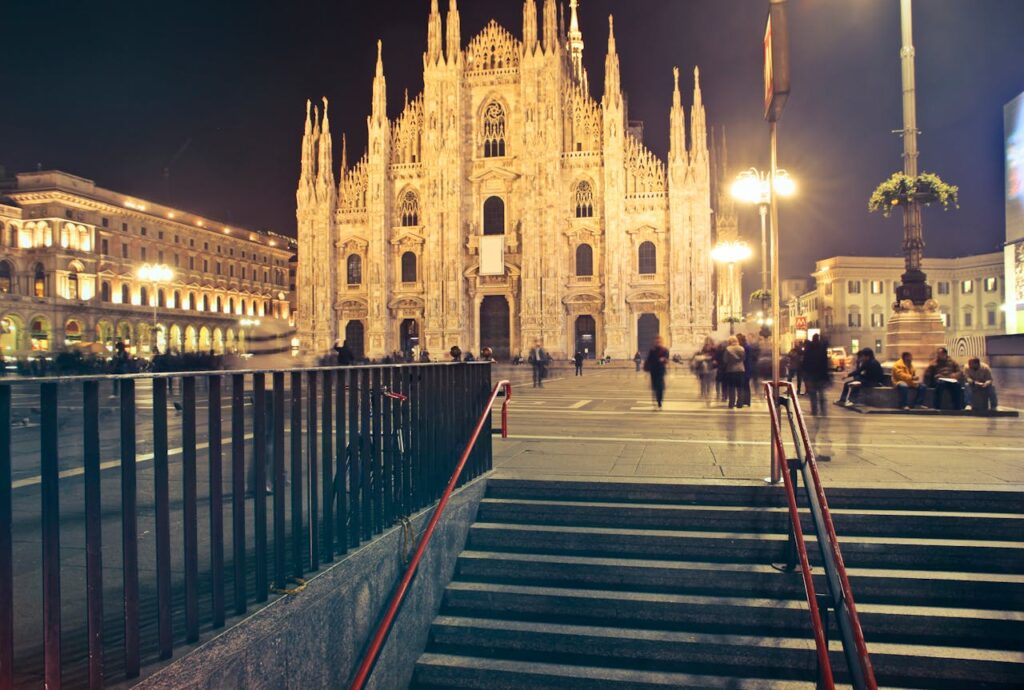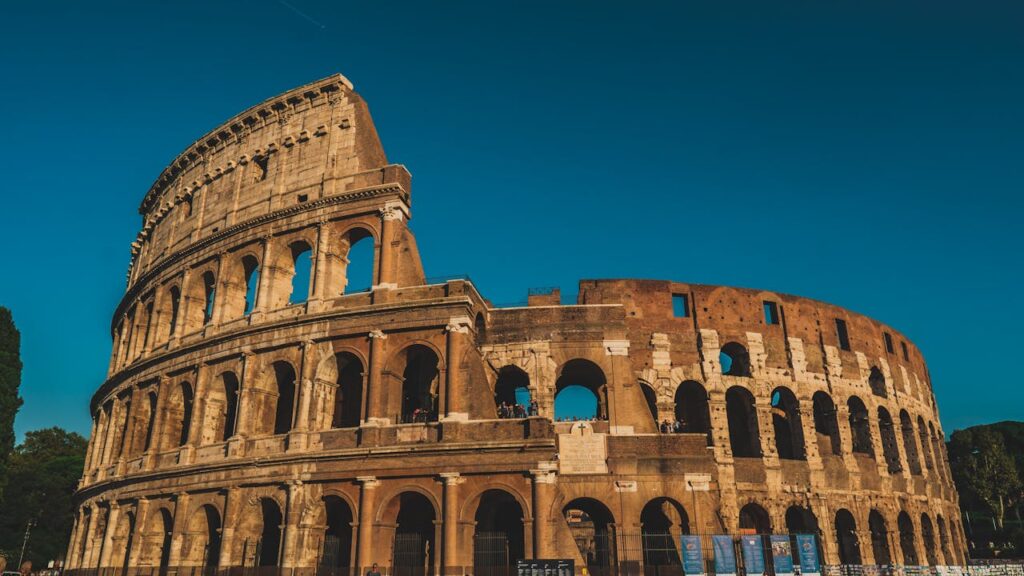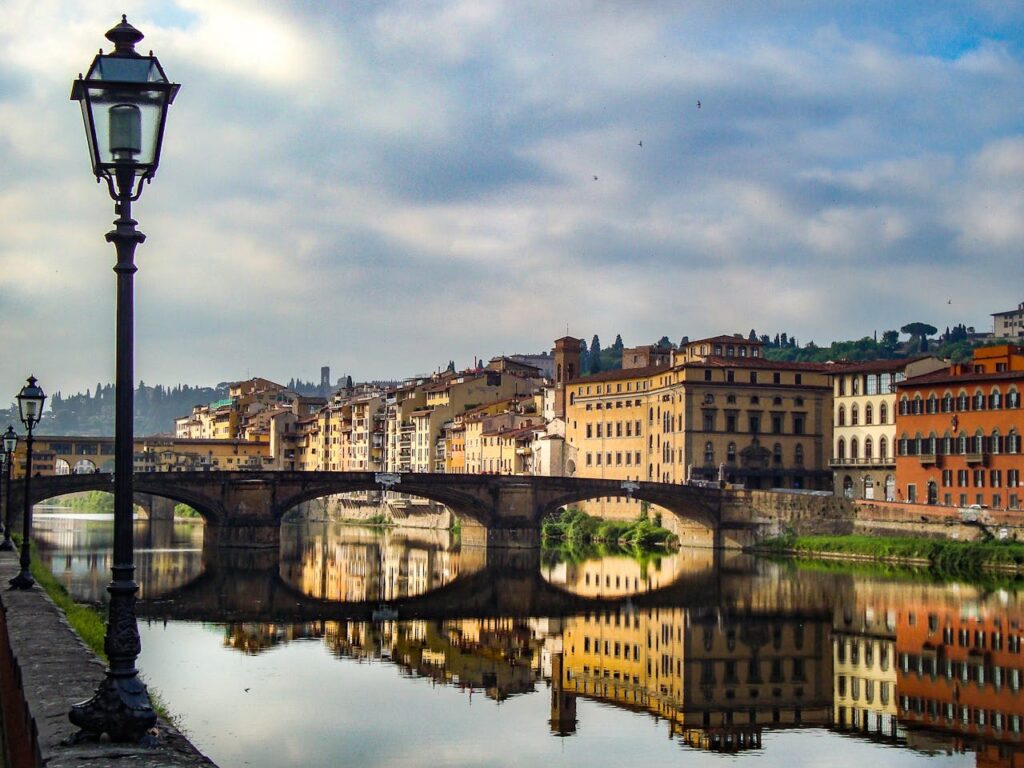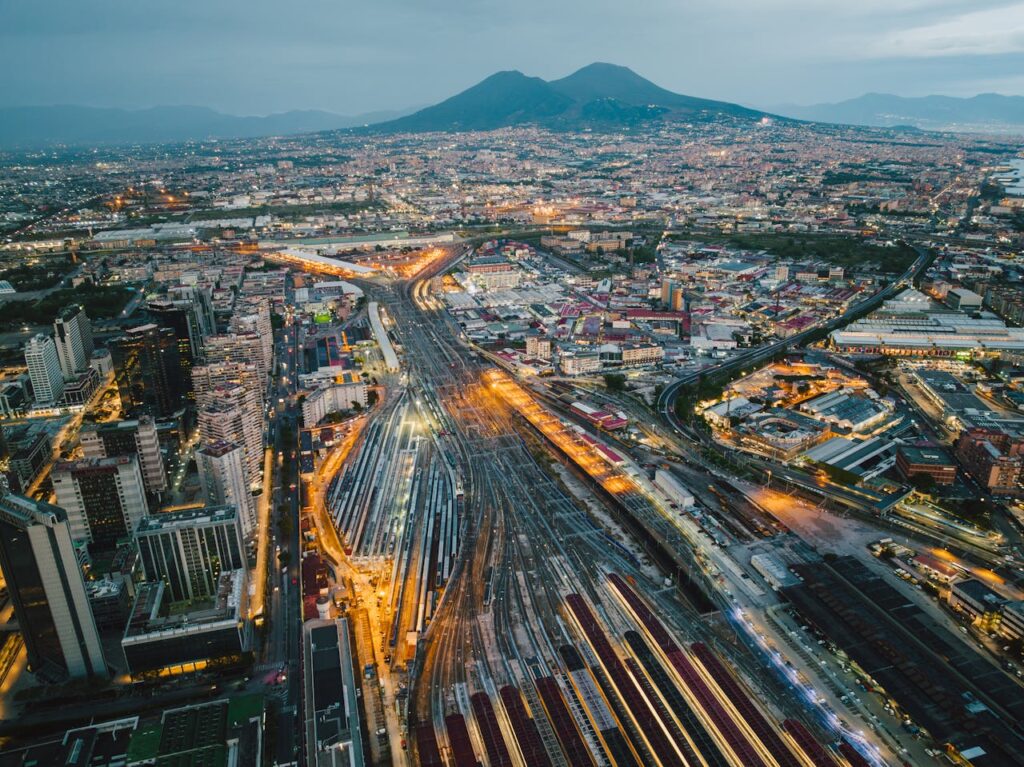Milan, the fashion and design capital of Italy, is a vibrant city known for its blend of historical and modern attractions. As a global hub for fashion, finance, and culture, Milan offers an array of experiences, from exploring iconic landmarks and world-class museums to enjoying high-end shopping and exquisite dining. The city’s rich history, artistic treasures, and contemporary energy make it a must-visit destination. Here are some of the best places to visit in Milan, Italy:
Best Places to Visit
1. Duomo di Milano (Milan Cathedral)

The Duomo di Milano, a stunning Gothic cathedral, is one of the most iconic landmarks in Milan. Construction began in 1386 and continued for nearly six centuries, resulting in a masterpiece of intricate architecture. The cathedral’s exterior is adorned with over 3,000 statues, spires, and gargoyles. Visitors can explore the grand interior, including the crypt and treasury, and climb to the rooftop terraces for panoramic views of the city.
- Key Attractions: Gothic architecture, rooftop terraces, stained glass windows.
- Activities: Sightseeing, photography, historical exploration.
- Location: Piazza del Duomo, 20122 Milan, Italy.
2. Galleria Vittorio Emanuele II
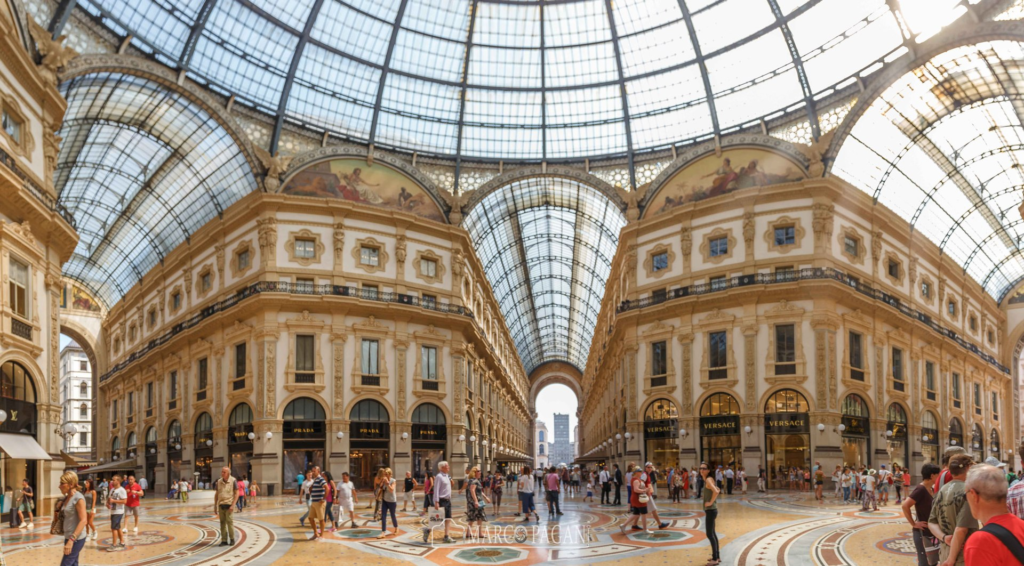
Galleria Vittorio Emanuele II is one of the world’s oldest shopping malls, housed in a grand 19th-century glass-domed arcade. Known as Milan’s “living room,” the Galleria features luxury boutiques, elegant cafes, and restaurants. The ornate mosaic floor and stunning glass ceiling make it a popular spot for both shopping and architectural admiration. The Galleria connects Piazza del Duomo with Piazza della Scala and is a central meeting point in the city.
- Key Attractions: Luxury shopping, historic architecture, mosaic floor.
- Activities: Shopping, dining, people-watching.
- Location: Piazza del Duomo, 20123 Milan, Italy.
3. Teatro alla Scala (La Scala Opera House)

Teatro alla Scala, commonly known as La Scala, is one of the most prestigious opera houses in the world. Opened in 1778, La Scala has hosted numerous legendary performances by renowned opera singers, composers, and conductors. Visitors can attend an opera or ballet performance or explore the La Scala Museum, which showcases costumes, musical instruments, and historical artifacts related to the theater’s illustrious history.
- Key Attractions: Opera and ballet performances, La Scala Museum.
- Activities: Attending performances, museum visit.
- Location: Via Filodrammatici, 2, 20121 Milan, Italy.
4. Santa Maria delle Grazie and The Last Supper

Santa Maria delle Grazie is a Renaissance church and convent that houses one of the most famous artworks in the world, Leonardo da Vinci’s “The Last Supper.” Painted between 1495 and 1498, this iconic mural depicts the moment Jesus announces that one of his disciples will betray him. Due to its fragility, access to the painting is limited and requires advance booking. The church itself is a UNESCO World Heritage Site and an architectural gem.
- Key Attractions: “The Last Supper,” Renaissance architecture.
- Activities: Art appreciation, historical exploration.
- Location: Piazza di Santa Maria delle Grazie, 20123 Milan, Italy.
5. Castello Sforzesco (Sforza Castle)
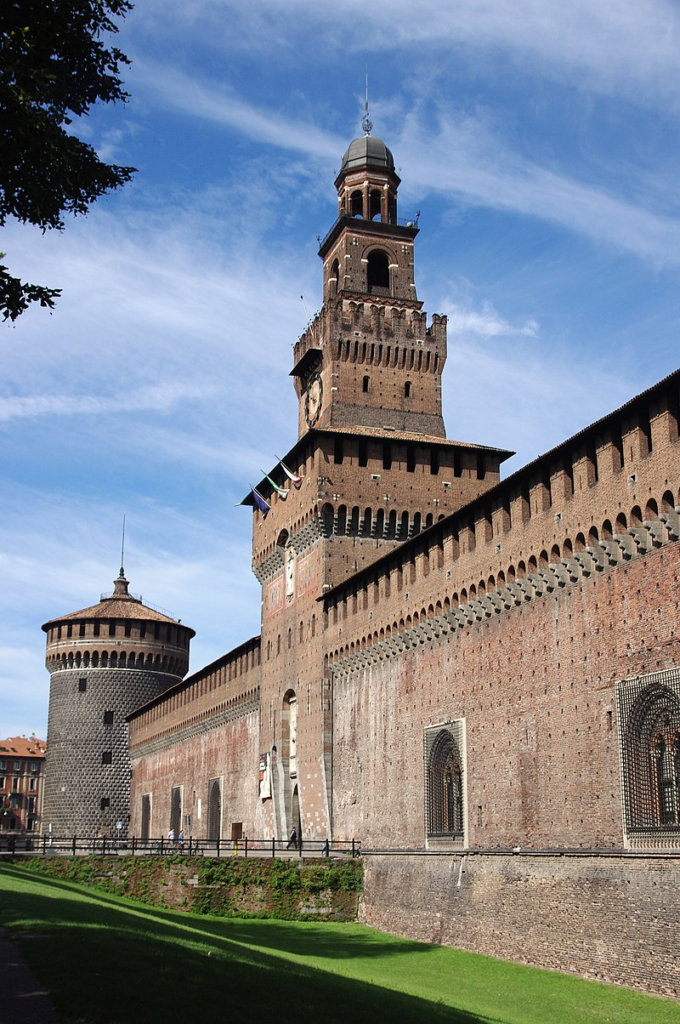
Castello Sforzesco is a historic fortress that has played a significant role in Milan’s history. Originally built in the 15th century, the castle now houses several museums and art collections, including the Pinacoteca del Castello Sforzesco, the Museum of Ancient Art, and the Egyptian Museum. The castle’s extensive grounds, including the surrounding Parco Sempione, provide a picturesque setting for a leisurely stroll.
- Key Attractions: Art museums, historic architecture, Parco Sempione.
- Activities: Museum visits, exploring the castle grounds.
- Location: Piazza Castello, 20121 Milan, Italy.
6. Pinacoteca di Brera

The Pinacoteca di Brera is one of Italy’s premier art galleries, featuring an impressive collection of Italian Renaissance and Baroque masterpieces. The museum is housed in the Palazzo Brera, a former Jesuit college, and includes works by artists such as Raphael, Caravaggio, Titian, and Veronese. The Pinacoteca di Brera is a must-visit for art enthusiasts and offers a comprehensive overview of Italian art history.
- Key Attractions: Renaissance and Baroque art, works by Raphael and Caravaggio.
- Activities: Art appreciation, museum visit.
- Location: Via Brera, 28, 20121 Milan, Italy.
7. Navigli District

The Navigli District is a historic canal area in Milan known for its lively atmosphere, trendy bars, restaurants, and boutiques. The district’s two main canals, Naviglio Grande and Naviglio Pavese, were once vital for trade and transportation. Today, the area is a popular nightlife destination and a hub for artistic and cultural events. The Navigli District is especially charming during the “aperitivo” hours when locals and visitors gather for drinks and appetizers.
- Key Attractions: Historic canals, vibrant nightlife, dining.
- Activities: Dining, shopping, nightlife.
- Location: Navigli, Milan, Italy.
8. Piazza del Duomo
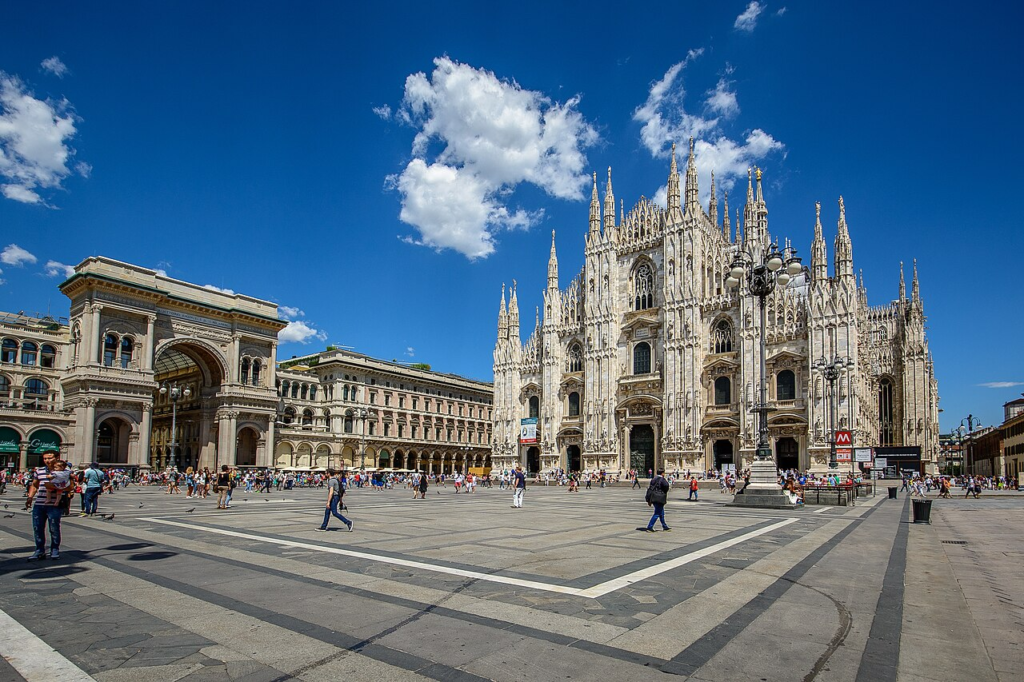
Piazza del Duomo is the main square in Milan and a focal point for the city’s public life. The square is surrounded by iconic landmarks, including the Milan Cathedral, Galleria Vittorio Emanuele II, and the Royal Palace. Piazza del Duomo is a lively gathering place, often hosting events, concerts, and exhibitions. The square offers stunning views of the cathedral’s facade and is a great spot for people-watching and photography.
- Key Attractions: Milan Cathedral, Galleria Vittorio Emanuele II, Royal Palace.
- Activities: Sightseeing, events, photography.
- Location: Piazza del Duomo, 20122 Milan, Italy.
9. Cimitero Monumentale
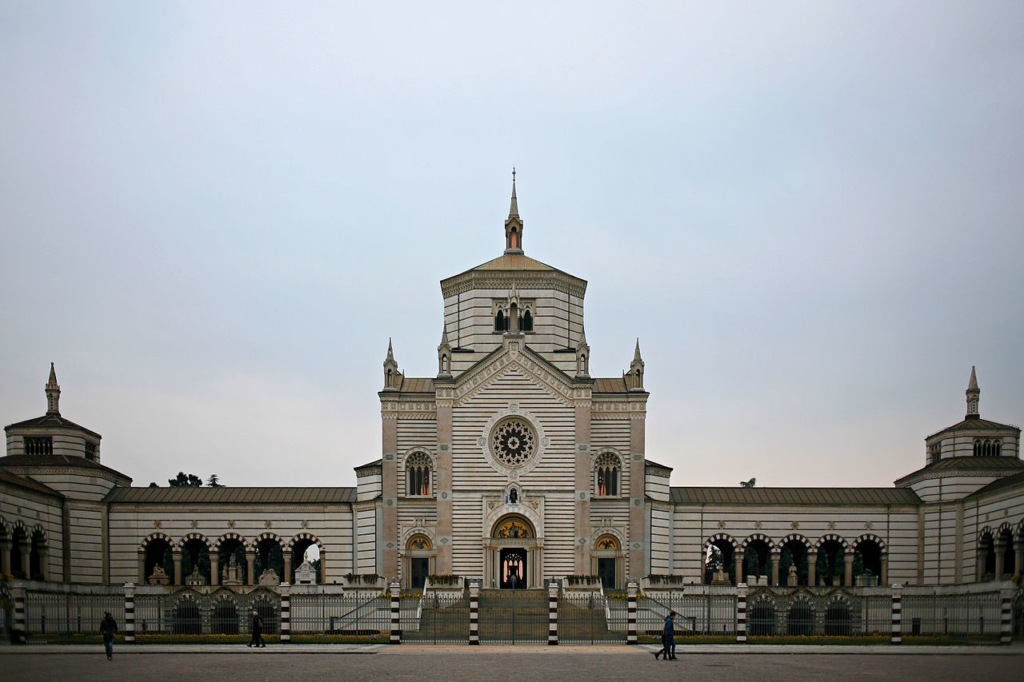
The Cimitero Monumentale, or Monumental Cemetery, is an open-air museum and one of the largest cemeteries in Milan. The cemetery is known for its elaborate tombs, sculptures, and mausoleums, many of which are works of art created by renowned Italian sculptors. Notable figures, including artists, politicians, and industrialists, are buried here. The Cimitero Monumentale offers a unique and peaceful setting to explore Milan’s history and artistic heritage.
- Key Attractions: Elaborate tombs, sculptures, historical significance.
- Activities: Historical exploration, art appreciation.
- Location: Piazzale Cimitero Monumentale, 20154 Milan, Italy.
10. Leonardo da Vinci National Museum of Science and Technology

The Leonardo da Vinci National Museum of Science and Technology is the largest science and technology museum in Italy. The museum’s extensive exhibits cover various fields, including physics, astronomy, biology, and engineering. Highlights include the Leonardo da Vinci Gallery, which showcases models of his inventions, and the Enrico Toti submarine, which visitors can explore. The museum offers a fascinating look at the history of science and technology and is a great destination for families.
- Key Attractions: Leonardo da Vinci’s inventions, Enrico Toti submarine.
- Activities: Museum visit, educational exploration.
- Location: Via San Vittore, 21, 20123 Milan, Italy.
Summary Table
| Place | Description | Key Attraction | Location |
|---|---|---|---|
| Duomo di Milano | Iconic Gothic cathedral | Rooftop terraces, intricate architecture | Piazza del Duomo, 20122 Milan |
| Galleria Vittorio Emanuele II | Historic shopping arcade | Luxury shopping, mosaic floor | Piazza del Duomo, 20123 Milan |
| Teatro alla Scala | Prestigious opera house | Opera and ballet performances | Via Filodrammatici, 2, 20121 Milan |
| Santa Maria delle Grazie and The Last Supper | Renaissance church with da Vinci’s masterpiece | “The Last Supper” mural, UNESCO site | Piazza di Santa Maria delle Grazie, 20123 Milan |
| Castello Sforzesco | Historic fortress with museums | Art collections, Parco Sempione | Piazza Castello, 20121 Milan |
| Pinacoteca di Brera | Premier art gallery | Renaissance and Baroque masterpieces | Via Brera, 28, 20121 Milan |
| Navigli District | Lively canal area with bars and restaurants | Historic canals, nightlife | Navigli, Milan |
| Piazza del Duomo | Main square and focal point of Milan | Milan Cathedral, Galleria Vittorio Emanuele II | Piazza del Duomo, 20122 Milan |
| Cimitero Monumentale | Monumental cemetery with artistic tombs | Elaborate tombs, sculptures | Piazzale Cimitero Monumentale, 20154 Milan |
| Leonardo da Vinci National Museum of Science and Technology | Largest science and technology museum in Italy | Leonardo da Vinci’s inventions, submarine | Via San Vittore, 21, 20123 Milan |
How to Reach Milan
By Plane
Milan is served by three major airports: Malpensa Airport (MXP), Linate Airport (LIN), and Orio al Serio International Airport (BGY). Malpensa and Linate are the main airports
for international and domestic flights, while Orio al Serio serves mainly low-cost airlines. From the airports, travelers can reach the city center by train, bus, taxi, or rental car.
By Train
Milan’s main train station, Milano Centrale, is one of the largest and busiest in Europe. The station offers high-speed rail connections to major Italian cities, including Rome, Florence, and Venice, as well as international destinations. Other important stations include Milano Porta Garibaldi and Milano Cadorna.
By Bus
Several bus companies operate routes to Milan from other Italian and European cities. The main bus terminal, Lampugnano Bus Station, is located in the northwest of the city and is well-connected to the public transportation network.
By Car
Milan is accessible by car via the A1, A4, A7, and A8 motorways, which connect the city to other major Italian cities and regions. The city’s ring road, Tangenziale, provides access to various districts and highways. However, traffic and limited parking can be challenging, so public transportation is often more convenient.
Best Time to Visit Milan
The best time to visit Milan is during the spring (April to June) and autumn (September to October) when the weather is mild and pleasant. These seasons are ideal for exploring the city’s outdoor attractions and attending cultural events. Summer (July to August) can be hot and humid, with many locals leaving the city for vacation. Winter (November to February) offers cooler temperatures and a quieter atmosphere, with fewer tourists.
Travel Tips
- Local Cuisine: Milan is known for its delicious cuisine, including dishes like risotto alla Milanese, ossobuco, and panettone. The city’s restaurants and cafes offer a variety of traditional Lombard dishes and international cuisine.
- Cultural Etiquette: Italians are known for their warm hospitality. It’s customary to greet people with a handshake or a kiss on both cheeks. When visiting religious sites or attending cultural events, dress modestly and be respectful.
- Transportation: Milan has an efficient public transportation system, including buses, trams, and metro lines. The city is also walkable, with many attractions located within the historic center. Consider purchasing a MilanoCard for unlimited travel on public transport and discounted entry to museums and attractions.
Itinerary Suggestions
One-Day Trip
- Morning: Start your day with a visit to the Duomo di Milano, followed by the Galleria Vittorio Emanuele II. Afterward, explore the Teatro alla Scala and its museum.
- Afternoon: Have lunch at a local trattoria, then visit Santa Maria delle Grazie to see “The Last Supper.” In the afternoon, explore the Castello Sforzesco and its museums.
- Evening: Enjoy dinner in the Navigli District, followed by a stroll along the canals and a visit to a local bar.
Weekend Getaway
- Day 1: Begin with visits to the Duomo di Milano, Galleria Vittorio Emanuele II, and Teatro alla Scala. In the afternoon, explore the Pinacoteca di Brera and the nearby art galleries. In the evening, dine in the Brera district and enjoy the vibrant nightlife.
- Day 2: Start with a morning visit to the Leonardo da Vinci National Museum of Science and Technology. In the afternoon, explore the Cimitero Monumentale and the Navigli District. Conclude your trip with a visit to Piazza del Duomo and dinner at a rooftop restaurant with views of the cathedral.
Milan’s rich history, stunning architecture, and vibrant culture make it a must-visit destination in Italy. Whether you’re exploring its iconic landmarks, admiring its art collections, or indulging in its culinary delights, Milan offers a unique and unforgettable experience for every traveler.

